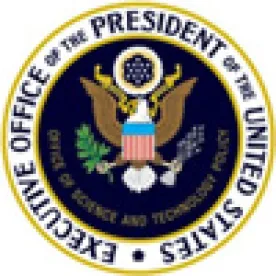With comprehensive immigration reform legislation no longer a realistic possibility for the foreseeable future, the focus of advocates for reform has shifted to executive actions the President may take unilaterally to implement immigration policy changes.
The President reportedly is considering broad use of executive action, potentially granting relief to up to 5 to 6 million undocumented individuals similar to what has been provided under the administrations Deferred Action to Childhood Arrivals program.
Under DACA, certain individuals who came to the United States unlawfully while under the age of 16 and have remained here since June 15, 2007, are eligible for deferred action for 2 years, renewable by the government. Approximately 700,000 individuals to date have been granted deferred action under DACA, which allows the individuals to work legally in the United States.
Building off of DACA, the President has directed the Department of Homeland Security to review the administration’s immigration enforcement polices and recommend additional changes, possibly expanding the deferred action and work authorization to family members of U.S. citizens and lawful U.S. residents. The administration reportedly also is looking at possible changes to current law and regulation that could benefit employers.
For example, USCIS recently proposed regulations allowing certain spouses of H-1B workers to work in the United States. Additional options now being discussed include excluding employment based immigrant workers’ spouses from the annual 140,000 cap on employment based visas.
Any unilateral action the administration may take is likely to be controversial and there has been no final decision what executive action will be taken. Indications are that the President will make a decision before the mid-term elections this November.
Businesses need to keep alert to potential changes.




 />i
/>i

